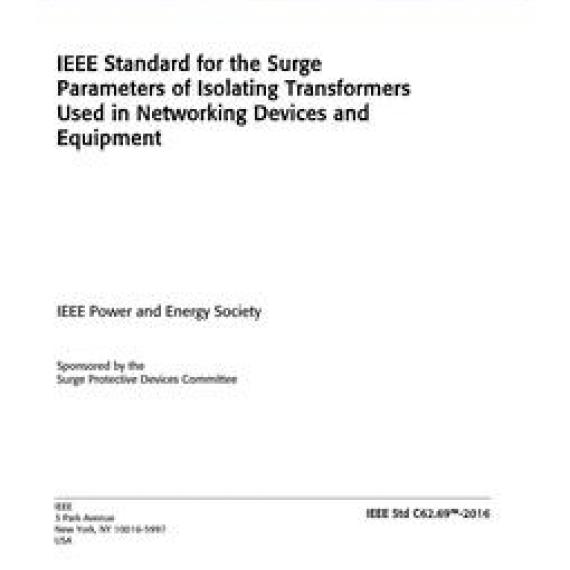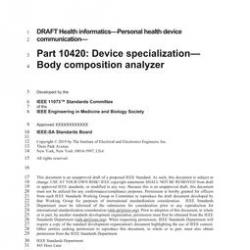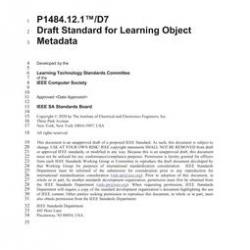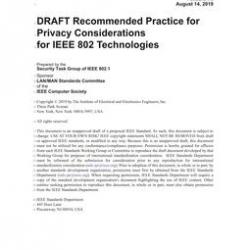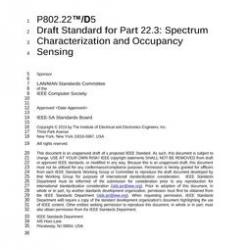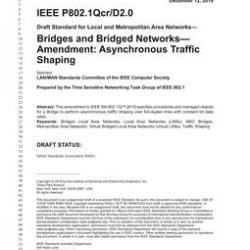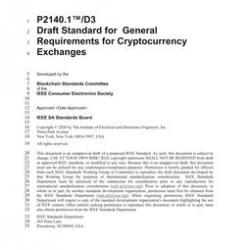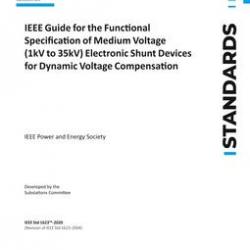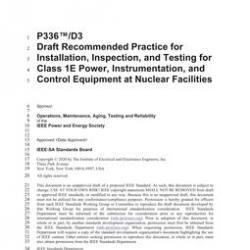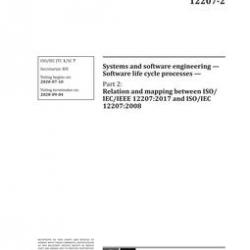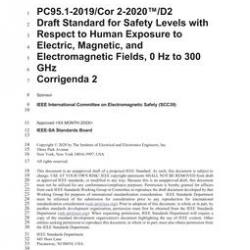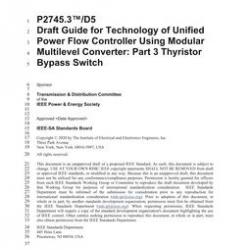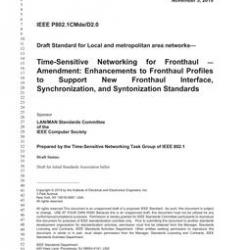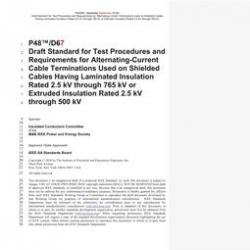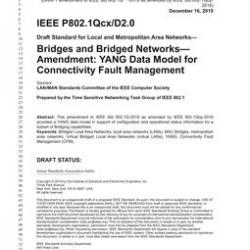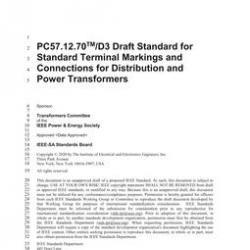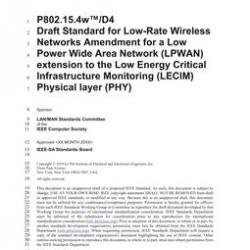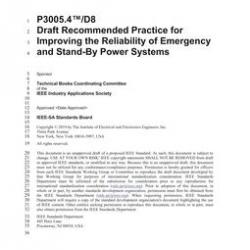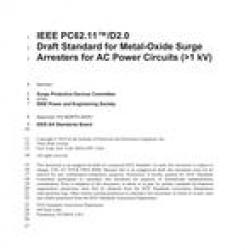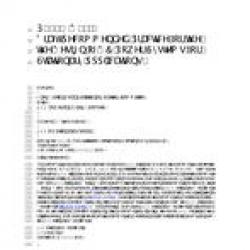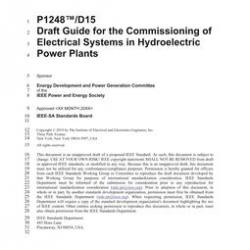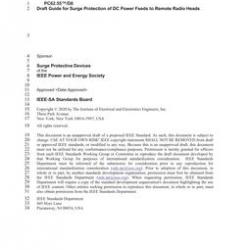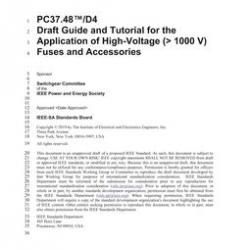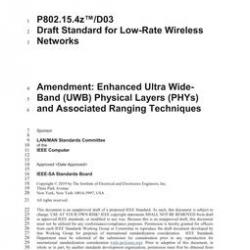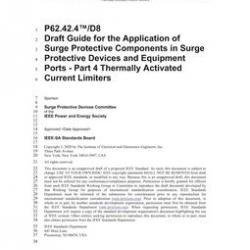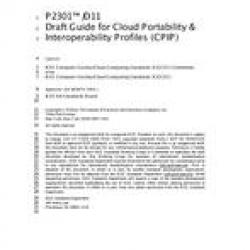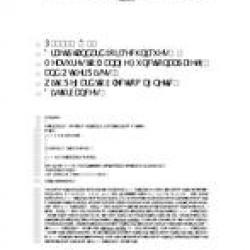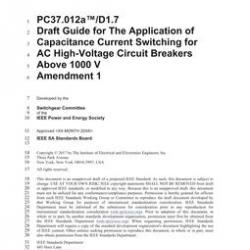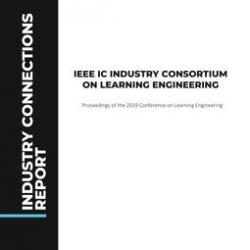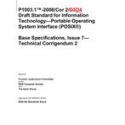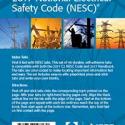Full Description
Scope
This standard sets terms, test methods, test circuits, measurement procedures, and preferred result values for the surge parameters of isolating transformers used in networking devices and equipment. Three types of isolating transformer are considered: mains low frequency power, high frequency power (switching mode power supplies) and signal (e.g., Ethernet data). The surge parameters of the isolating transformer insulation barrier covered by this standard are as follows:- Rated impulse voltage- Input winding to output winding capacitance- Insulation resistanceAdditional parameters for signal isolating transformers are as follows:- Core saturation voltage-time product- Rated input winding rms current for a given temperature riseThis standard does not cover the transformer parameters required to help ensure appropriate operation on the service (e.g., signal transformer return loss).
Purpose
The main purpose of this standard is to define a series of transformer impulse withstand voltage ratings that are higher than those of IEEE Std 802.3¿¿¿ [B21]1 with the intent to improve transformer insulation performance in uncontrolled environments. In the interests of international standardization, the voltage values used are harmonized with the series defined in IEC 60664-1[B11] for low-voltage equipment insulation coordination. This IEEE standard is applicable to home networking installations, which are typically uncontrolled environments, where the surge voltage levels and the corresponding required transformer impulse withstand voltages can be higher than the LAN A controlled environment as defined by IEEE Std 802.3(TM)[B21].
Abstract
New IEEE Standard - Active.Terms, test methods, test circuits, measurement procedures, and preferred result values for the surge mitigation parameters of isolating transformers used in networking devices and equipment are set in this standard. Three types of isolating transformer are considered: mains low frequency power, high frequency power (switching mode power supplies) and signal (e.g., Ethernet data).

